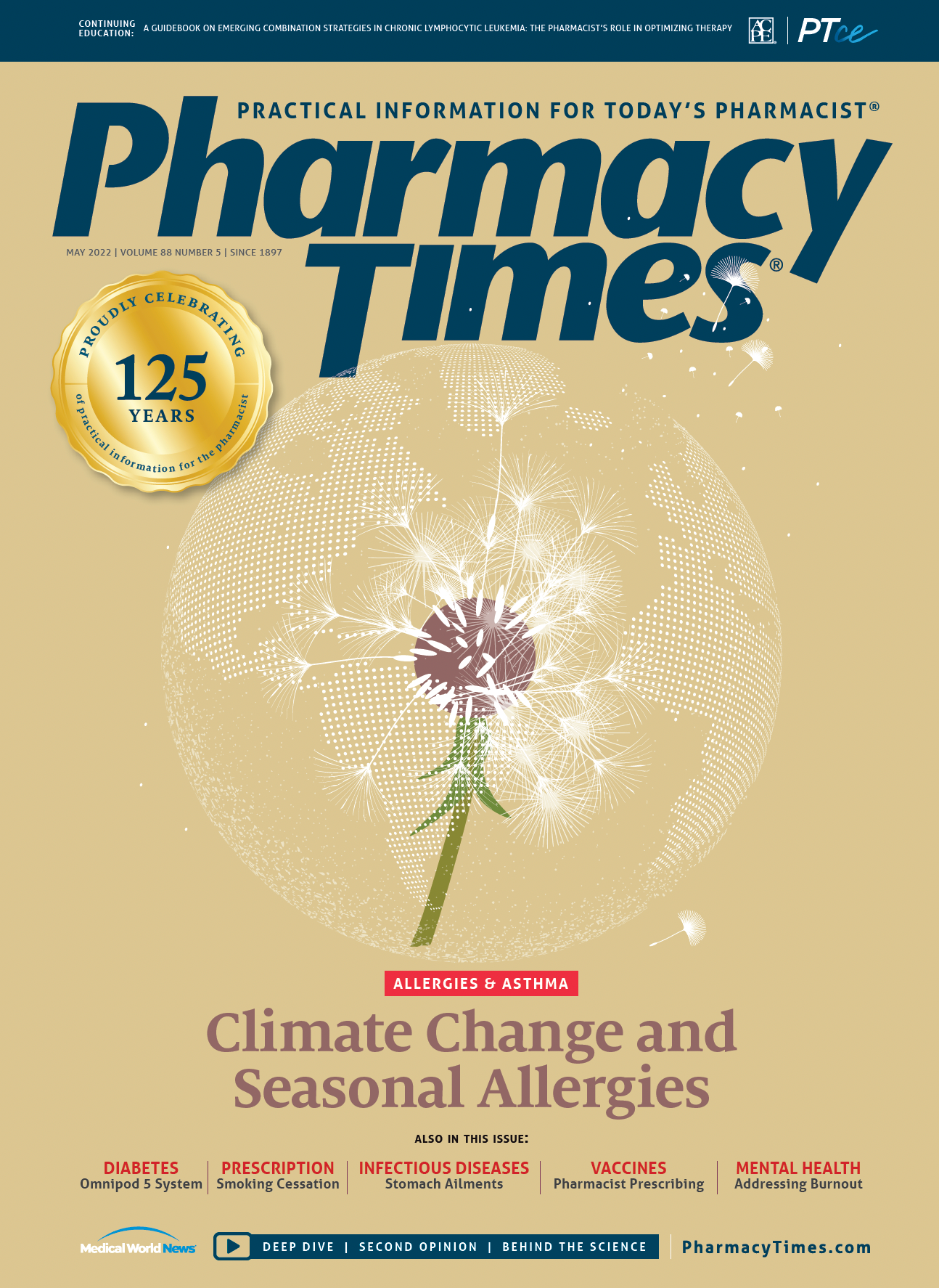Publication
Article
Pharmacy Times
Changes in the Law Result From OTC Drug Product Tampering
Chicago Tylenol murders still reverberates after 40 years; they changed medication packaging forever.
In 1982, the way OTC medications and other products are packaged changed forever after the Chicago Tylenol murders took place.1-3 This event shocked the nation as individuals started falling ill and dying, with one thing in common: They had taken Extra-Strength Tylenol just hours before. The incidents began September 29, 1982, when Mary Kellerman, aged 12 years, began having cold-like symptoms. Her parents gave her a single Extra-Strength Tylenol capsule. Mary died within a few hours.
By October 1, 1982—2 days after—6 other individuals had suffered the same fate, and a connection was soon made between consumption of the Tylenol and the deaths. The link to the Tylenol product was noted by 2 off-duty firefighters in the area who were monitoring their police radios at home. They homed in on the fact that the same OTC product was mentioned in 2 reports.4
Tylenol was the most popular nonprescription drug on the market at the time.
McNeil Consumer Products, a division of Johnson & Johnson (J&J), was the manufacturer of Tylenol and needed to deal with the crisis.
Once the connection had been established between the deaths and the product, the company immediately recalled more than 31 million bottles of Tylenol from retailers’ shelves nationwide. Among the recalled Tylenol products, other contaminated capsules that had not been sold were found in the Chicago, Illinois, area. To this day, the perpetrator and motivation behind these crimes remain unknown.
The bottles found with laced capsules had come from different distributive pathways, all within the Chicago area. It is believed that an individual purchased the bottles of Tylenol, inserted the poison, and returned the bottles to store shelves for purchase.
J&J began working to improve the safety and security of its products. The company worked closely with the FDA to develop different forms of tamper-proof packaging. Foil seals were added to bottles, along with a thick layer of cotton. The capsule itself was improved, modifying the dosage form to make altering more difficult. The item was changed from a capsule with halves that could be separated to a solid tablet in the elongated shape of a capsule.
This event could have eroded demand for Tylenol as well as other J&J products. However, by being proactive, J&J set an example of how to manage this type of crisis. J&J also offered to reimburse customers for Tylenol they may have discarded and let them exchange capsules for the new solid tablet dosage forms.
It is noteworthy that the approach adopted by J&J in the face of this severe threat to an important brand has proven to be the gold standard for corporations responding to crises.5
It is discussed and used as a case study in college programs of business and crisis communication. J&J’s chairman at the time focused efforts on 2 questions: How do we protect the public? How do we save the product?2 The company reportedly spent $100 million on its response, which would equate to $294 million today.
Congress responded to the murders the following year by enacting what was known as the Tylenol bill. This legislation made tampering with any type of consumer product a federal offense. The formal title of the legislative measure was the Federal Anti-Tampering Act.6
In 1988, the first person sentenced under the legislation was given two 90-year terms for contaminating Excedrin capsules with cyanide. Stella Nickell killed her husband with the contaminated product, as well as another individual who happened to buy a product Nickell had tampered with to create the impression of random poisoning in an effort to increase the sum of insurance money she would get for the death of her spouse.7
The FDA adopted regulations modifying packaging requirements for OTC medications by creating standards for tamper-evident packaging.8
Tamper-proof and tamper-resistant packaging were also goals of manufacturers. The contemporary standard uses a 3-pronged approach7: a foil seal is in place under the cap, a plastic seal encloses the bottle cap, and the flaps of the outer box are glued shut. These changes are combined with wording on the outer packaging calling attention to the tamper-evident external packaging.
About The Author
Gracie J. Shidler is a chemical engineering major at the University of Kentucky College of Engineering in Lexington.
Joseph L. Fink III, JD, DSC (Hon), BSPharm, FAPhA, is a professor of pharmacy law and policy and the Kentucky Pharmacists Association Professor of Leadership at the University of Kentucky College of Pharmacy in Lexington.
Reference
1. Chicago Tylenol murders. Crime Museum. Accessed March 25, 2022. https://www.crimemuseum.org/crime-library/cold-cases/chicago-tylenol-murders/
2. Markel H. How the Tylenol murders of 1982 changed the way we consume medication. PBS News Hour. September 29, 2014. Accessed March 25, 2022. https://www.pbs.org/newshour/health/tylenol-murders-1982
3. Latson J. How poisoned Tylenol became a crisis-management teaching model. Time. September 29, 2014. Accessed March 25, 2022. https://time.com/3423136/tylenol-deaths-1982/
4. Malcolm AH. Two firemen spotted a link. The New York Times. October 2, 1982. Accessed April 5, 2022. https://www.nytimes.com/1982/10/02/us/two-firemen-spotted-a-link.html#:~:-text=1%20(UPI)%20%2D%20Richard%20Keyworth,Arlington%20Heights%20firefighter%2C%20called%20Mr.
5. Public relations case study: Johnson & Johnson Tylenol crisis. Skogrand PR Solutions. February 11, 2017. Accessed March 25, 2022. https://skograndpr.com/2017/02/11/public-re- lations-case-study-johnson-johnson-tylenol-crisis/#:~:-text=To%20millions%2C%20Tylenol%20is%20an,the%20 epitome%20of%20crisis%20communications.&text=He%20 told%20us%20that%20the,were%20dying%20from%20poisoned%20Tylenol
6. Tampering With Consumer Products, 18 USC §1365 (1983). Accessed April 5, 2022. https://www.govinfo.gov/app/details/USCODE-2011-title18/USCODE-2011-title18-partI-chap65-sec1365
7. Ruesch S. Poison on the shelves: federal product tampering laws and the Chicago Tylenol murders. HeinOnline Blog. November 19, 2020. Accessed March 25, 2022. https://home.heinonline.org/ blog/2020/11/poison-on-the-shelves-federal-product-tampering-laws-and-the-chicago-tylenol-murders/
8. Tamper-Evident Packaging Requirements for Over-the-Counter (OTC) Human Drug Products, 21 CFR §211.132 (1989). Accessed April 5, 2022. https://www.govinfo.gov/app/details/CFR-2011-title21-vol4/CFR-2011-title21-vol4-sec211-132

Newsletter
Stay informed on drug updates, treatment guidelines, and pharmacy practice trends—subscribe to Pharmacy Times for weekly clinical insights.





